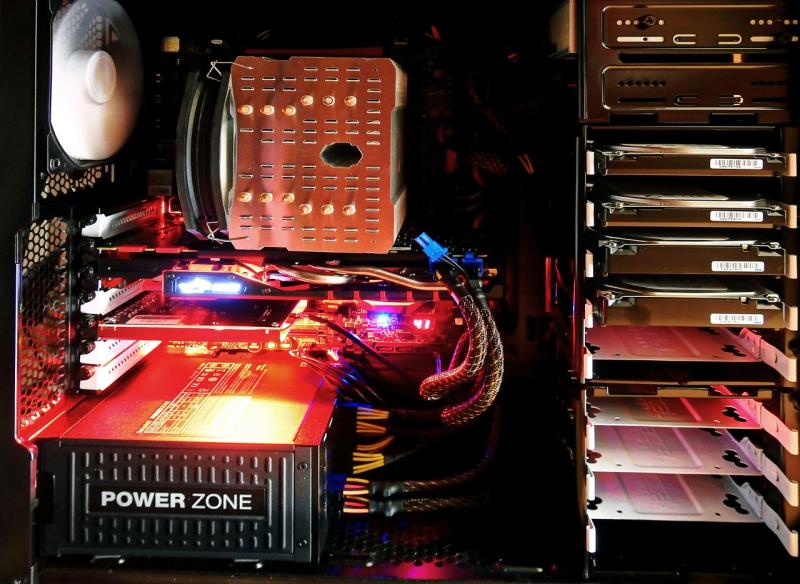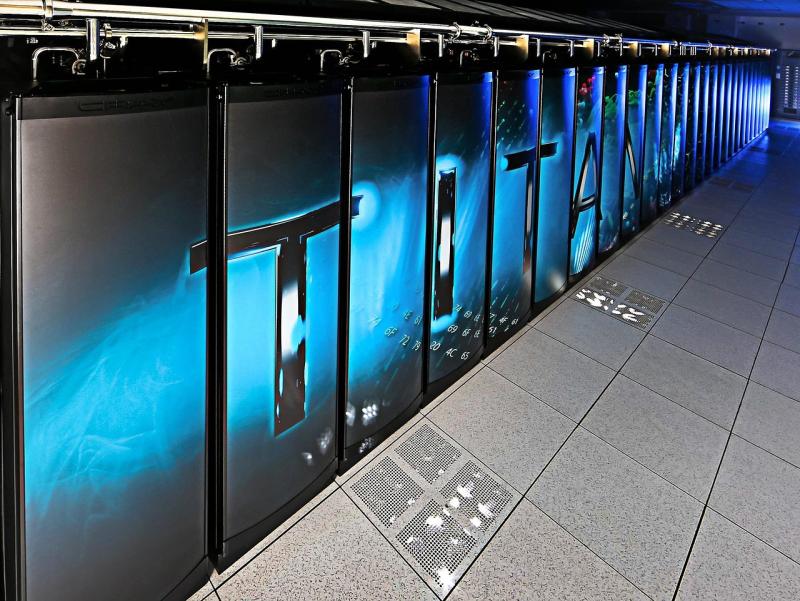Building a Data-Driven Research Powerhouse
In the era of big data, data science and analytics have become indispensable for driving innovation across industries. A custom PC built specifically for data science is a high-performance, versatile workstation designed to process complex algorithms, handle massive datasets, and facilitate seamless visualization and modeling. Creating a system tailored for data-driven research requires careful selection of components and an architecture focused on scalability, reliability, and efficient thermal management.
#### Unmatched Processing Power and Multicore Efficiency
At the heart of any data science workstation lies a powerful multi-core CPU. Data processing tasks, statistical computations, and machine learning model training demand processors capable of parallel execution and rapid computation.
- **High Core Count:** Processors with 8, 10, or 12 cores (or even more) allow for simultaneous execution of data pipelines, batch processing, and multi-threaded analytics applications.
- **Optimized for Multitasking:** Robust clock speeds and hyper-threading technologies provide the responsiveness required to run integrated development environments (IDEs), virtual machines, and data visualization tools concurrently.
- **Overclocking Potential:** For intensive tasks, a well-cooled processor with controlled overclocking can offer additional performance boosts without sacrificing stability, ensuring rapid data processing even under heavy loads.
#### Ample Memory and Rapid, Reliable Storage
Data science projects often involve processing large datasets, running simulations, and maintaining multiple software environments, all of which benefit from abundant system memory and lightning-fast storage solutions.
- **High-Capacity RAM:** A minimum of 32GB of RAM is recommended, with many data professionals opting for 64GB or more. This capacity supports the simultaneous execution of resource-intensive tasks, from running statistical models in R or Python to managing multiple cloud-based development environments.
- **NVMe SSDs for Speed:** NVMe solid-state drives offer ultra-fast read/write speeds that drastically reduce boot times, accelerate the loading and processing of large datasets, and enhance overall system responsiveness.
- **Hybrid Storage Configurations:** Combining a high-speed NVMe SSD for the operating system, active projects, and frequently accessed databases with a larger HDD or secondary SSD for archival purposes ensures a balance between performance and cost-effective storage capacity.
#### Leveraging GPU Acceleration for Machine Learning
Modern data science increasingly relies on GPU acceleration to enhance the performance of machine learning and deep learning tasks.
- **Dedicated Graphics Cards:** High-end GPUs from NVIDIA’s RTX series or AMD’s Radeon lineup provide thousands of cores for parallel processing, significantly speeding up model training and inferencing tasks.
- **Compute Frameworks:** Support for CUDA, TensorFlow’s GPU acceleration, and OpenCL enables seamless integration of popular machine learning frameworks, reducing training times and improving overall workflow efficiency.
- **Dual Role for Visualization:** In addition to accelerating computations, a robust GPU supports high-resolution multi-monitor setups, invaluable for data visualization and real-time dashboarding of complex datasets.
#### Connectivity, I/O, and Multi-Monitor Setups
Data scientists benefit from a workstation that offers extensive connectivity for peripherals, high-speed networking, and enhanced visualization.
- **High-Speed Ports:** A motherboard equipped with multiple USB 3.2 ports, Thunderbolt interfaces, and high-speed Ethernet or Wi-Fi 6 connectivity ensures rapid data transfers when working with external storage devices, high-resolution scanners, and specialized data acquisition hardware.
- **Multi-Monitor Configurations:** An extended desktop setup featuring two or more high-resolution monitors allows for simultaneous viewing of code, data visualizations, and reference materials, which is critical for efficient workflow management and detailed analysis.
- **Ergonomic Peripherals:** Precise and responsive input devices such as a mechanical keyboard and a high-DPI mouse, paired with an adjustable monitor stand, ensure maximum comfort during extended sessions of intense data analysis.
#### Cooling, Stability, and Noise Management
Heat generation from continuous data processing and model training makes efficient cooling essential in a data science PC.
- **Advanced Cooling Solutions:** High-quality air cooling systems or custom liquid cooling loops keep CPU and GPU temperatures in check, reducing the risk of thermal throttling during long computational tasks.
- **Quiet Operation:** Low-noise fans and an optimized airflow design are critical in maintaining a calm, distraction-free environment—especially important when long hours of focused analysis or research are required.
- **Thermal Monitoring:** Integrating sensor-based monitoring tools helps track temperature fluctuations, enabling proactive adjustments to cooling performance and ensuring consistent system reliability.
#### Scalability and Future-Proofing
Data science is a rapidly evolving field, so building scalability into your custom PC is essential.
- **Modular Architecture:** A motherboard with extra DIMM slots, multiple PCIe lanes, and ample storage interfaces allows for future upgrades such as additional memory, extra GPUs, or expanded storage capacity.
- **Power Efficiency:** Investing in a high-efficiency, 80 PLUS certified power supply ensures stable energy delivery and energy savings—even as computational demands increase.
- **Software Environment Management:** A dual-boot setup or virtualization can allow you to run different operating systems or isolated development environments, enabling you to experiment with new tools and frameworks without disrupting your main workflow.
#### Software Optimization and Maintenance
Tuning the software environment to harness the full potential of the hardware is a crucial aspect of building a data science workstation.
- **Streamlined Operating System:** A clean install of an OS optimized for performance, with unnecessary services disabled, ensures that CPU cycles and memory are dedicated exclusively to data processing and analytics.
- **Regular Updates and Driver Management:** Keeping system drivers, especially for GPUs, and firmware updated ensures compatibility with the latest data science applications and optimal performance.
- **Performance Monitoring:** Continuous use of benchmarking tools and real-time system diagnostics can reveal bottlenecks and guide future upgrades, keeping your workstation operating at peak efficiency.
#### Conclusion: The Ultimate Data Science Powerhouse
A custom PC for data science and analytics is a meticulously engineered workstation that balances high-performance processing, abundant memory, GPU acceleration, rapid storage, and robust connectivity. By thoughtfully integrating state-of-the-art components with scalable design principles and efficient cooling, you can create a system capable of tackling the most demanding data analysis and machine learning tasks. This data-driven research powerhouse not only meets the intense computational requirements of today’s projects but is also designed to adapt to the evolving landscape of data science, ensuring that your workstation remains future-proof and ready to propel innovation.
---
### SEO Keywords:
custom PC for data science, data analytics workstation, high-performance data science PC, multi-core CPU for analytics, GPU acceleration for machine learning, 64GB RAM data science, NVMe SSD data workstation, scalable data science build, high-speed I/O for data, multi-monitor data science PC, custom PC for big data, performance-optimized analytics PC
View our related products
See more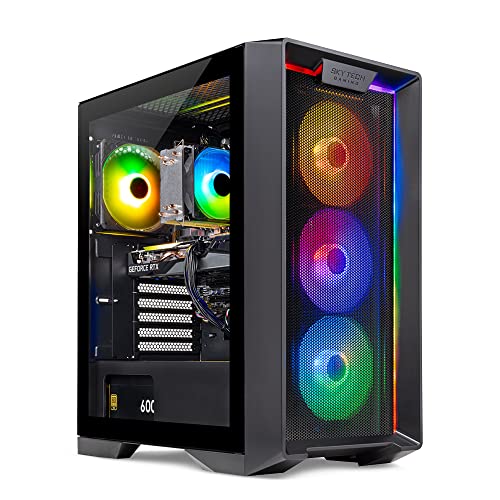
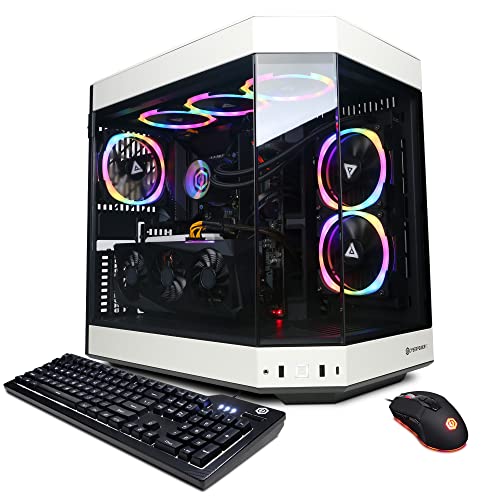
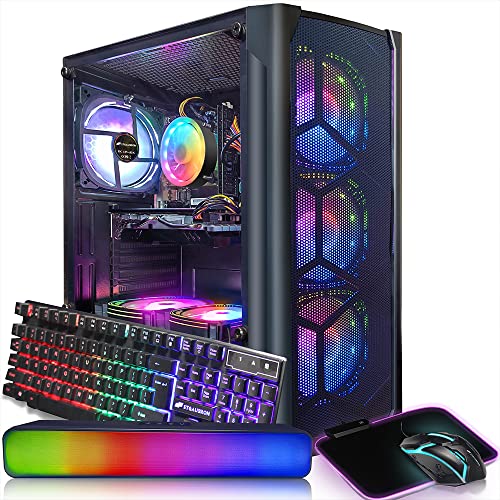
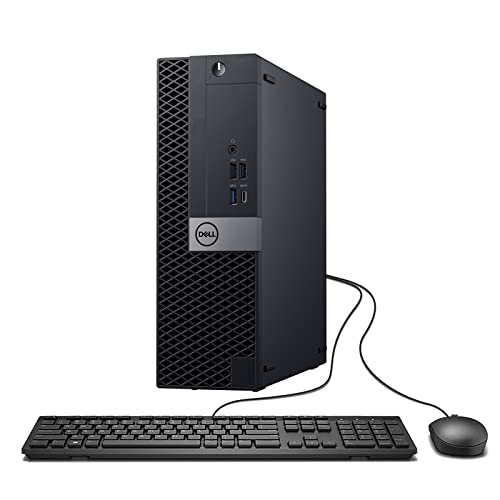
Custom PC for Data Science and Analytics
Related Articles
Essential High-Performance PC Components You Need Now
Upgrade your setup with the must-have parts for unbeatable gaming and productivity
Top Picks for Best High-Performance PCs
Find the perfect power machine for gaming, work, or creative projects
Your Guide to the Best High-Performance PCs
Find the Right PC for Your Gaming and Creative Needs
View our related products
See more



